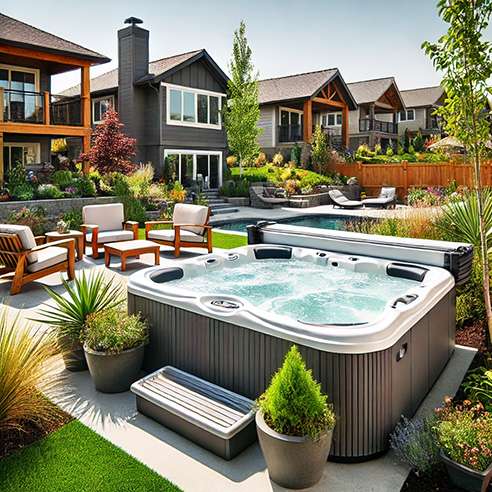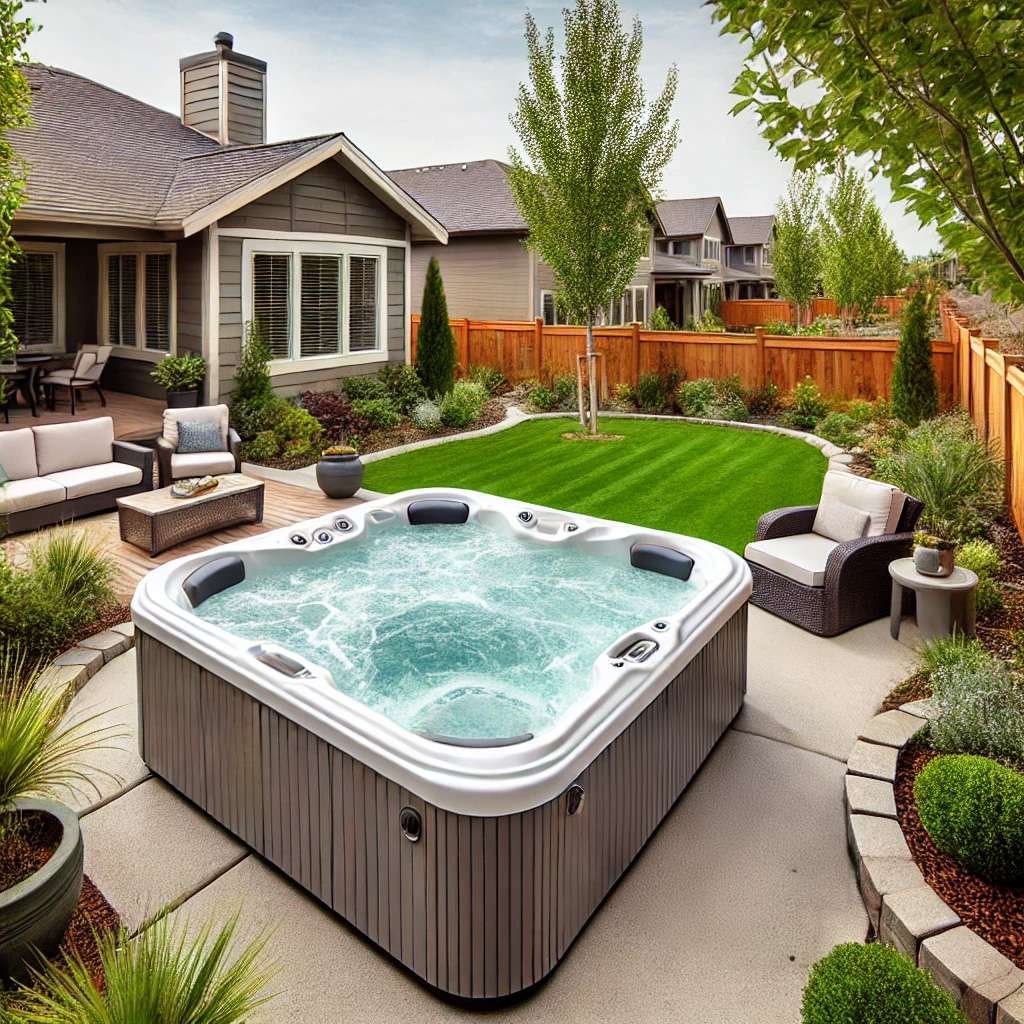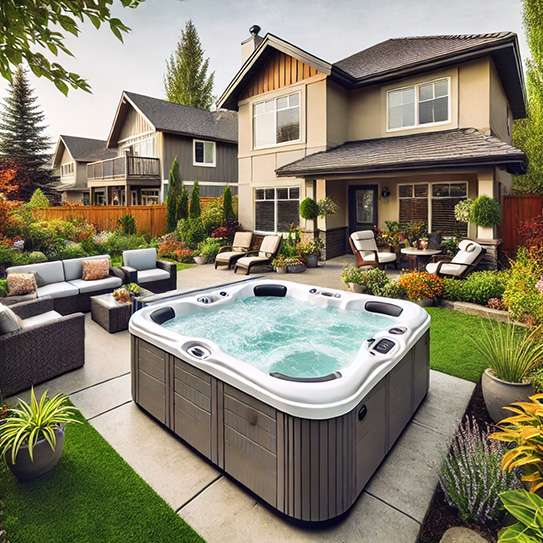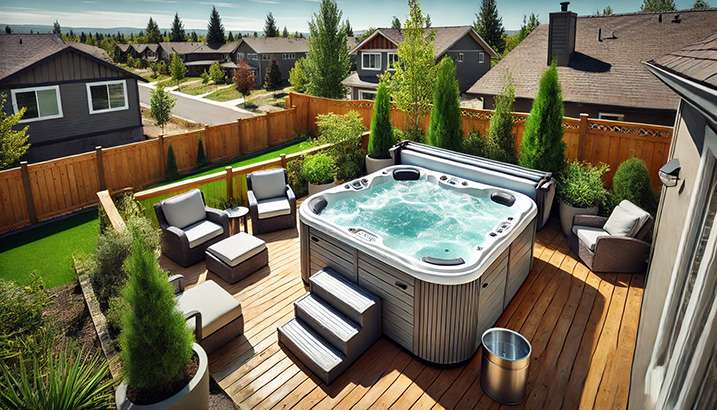When considering a hot tub for your home, one of the most important questions you might have is, “How long will my hot tub last?” The lifespan of a hot tub can vary significantly depending on several factors, including the quality of the tub, maintenance practices, and usage frequency. Let’s explore these factors to understand what to expect from your hot tub investment.
Factors Affecting the Lifespan of a Hot Tub
1. Quality of Materials
The materials used in the construction of your hot tub play a significant role in its longevity. High-quality hot tubs made from durable materials such as acrylic shells and strong, weather-resistant frames can last longer. Cheaper hot tubs made from inferior materials might save you money upfront but could require more frequent repairs or replacements.
2. Maintenance Practices
Proper maintenance is crucial for extending the life of your hot tub. Regular cleaning, balanced water chemistry, and timely repairs are essential. Neglecting maintenance can lead to issues such as corrosion, leaks, and damage to the pumps and heaters, which can significantly shorten the lifespan of your hot tub.
3. Frequency and Intensity of Use
How often and how intensively you use your hot tub can also impact its lifespan. A hot tub used frequently and by many people may experience more wear and tear compared to one used occasionally.

4. Environmental Factors
The environment where your hot tub is located can affect its longevity. Hot tubs exposed to harsh weather conditions, such as extreme temperatures, heavy rain, or strong winds, may require more frequent maintenance and have a shorter lifespan than those placed in more moderate climates.
Factors Affecting the Lifespan of a Hot Tub
1. Entry-Level Hot Tubs
Entry-level hot tubs, often made from less durable materials and featuring simpler designs, typically last between 5 to 10 years. While they are more affordable, they may not offer the same longevity or features as higher-end models.
2. Maintenance Practices
Proper maintenance is crucial for extending the life of your hot tub. Regular cleaning, balanced water chemistry, and timely repairs are essential. Neglecting maintenance can lead to issues such as corrosion, leaks, and damage to the pumps and heaters, which can significantly shorten the lifespan of your hot tub.
3. Frequency and Intensity of Use
How often and how intensively you use your hot tub can also impact its lifespan. A hot tub used frequently and by many people may experience more wear and tear compared to one used occasionally.

1. Regular Cleaning and Maintenance
Clean your hot tub regularly to prevent the build-up of dirt and debris. Pay special attention to filters, as clean filters are essential for proper water circulation and quality.
3. Monitor Water Levels
Entry-level hot tubs, often made from less durable materials and featuring simpler designs, typically last between 5 to 10 years. While they are more affordable, they may not offer the same longevity or features as higher-end models.
5. Proper Cover Usage
Use a high-quality cover to protect your hot tub when it’s not in use. A good cover will keep debris out, retain heat, and protect the tub from weather-related damage.
2. Water Chemistry Management
Keep the water in your hot tub balanced by regularly testing and adjusting the pH, alkalinity, and sanitizer levels. This helps prevent corrosion and scale build-up that can damage the components.
4. Timely Repairs
Entry-level hot tubs, often made from less durable materials and featuring simpler designs, typically last between 5 to 10 years. While they are more affordable, they may not offer the same longevity or features as higher-end models.
6. Professional Inspections
Schedule regular professional inspections to ensure all components are in good working order. Professionals can spot potential issues that you might miss and perform necessary maintenance.
When Should You Replace Your Hot Tub?
1. Frequent Repairs
If you find yourself frequently repairing your hot tub, it might be more cost-effective to replace it. Constant breakdowns can indicate that the hot tub is reaching the end of its useful life.
3. Structural Integrity
If your hot tub’s frame or support structure is compromised, it can pose safety risks. Structural damage that affects the stability of the hot tub indicates it’s time for a replacement.
5. Outdated Technology
Newer hot tubs have advanced features, better energy efficiency, and improved materials. If your hot tub is outdated and lacks these modern conveniences, upgrading to a new model can enhance your experience and reduce operating costs.
2. Energy Efficiency
Older hot tubs are often less energy-efficient, leading to higher electricity bills. Newer models are designed to be more energy-efficient, saving you money in the long run.
4. Aesthetic Appeal
Over time, the appearance of your hot tub can degrade due to exposure to the elements and regular use. If your hot tub looks worn out and affects the aesthetics of your outdoor space, consider a replacement.
6. Significant Damage
Cracks in the shell, persistent leaks, or major component failures (such as the pump or heater) can be signs that your hot tub needs replacing. These issues can be costly to repair and may recur even after fixing.
Conclusion
Investing in a hot tub is a significant decision, and understanding the factors that affect its lifespan can help you make an informed choice. At Love’s Hot Tubs, we pride ourselves on offering high-quality, durable hot tubs that, with proper care, can provide you with years of relaxation and enjoyment. Whether you’re looking for an entry-level model or a top-of-the-line hot tub, we have options to suit your needs and budget. Remember, taking care of your hot tub extends its life and ensures you get the most out of your investment.
Visit Love’s Hot Tubs today for more tips on hot tub maintenance or to explore our range of high-quality hot tubs.


